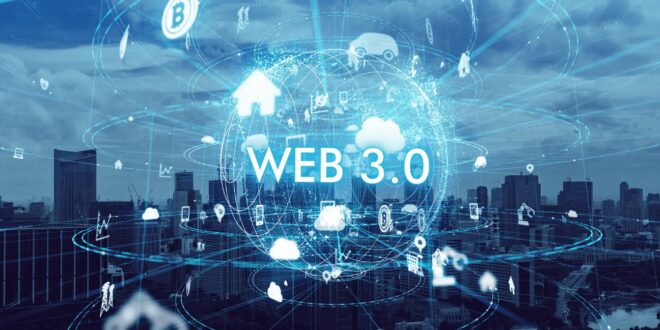The web is evolving. We’re moving from a world where we used to use the internet to surf websites, to one where we will use it to surf the web.
Most of us are familiar with the first two iterations of the internet – Web 1.0 and 2.0 – but what does Web 3.0 mean? And why do we need it? Let’s find out.
The many flavors of Web
Word Wide Web has never remained the same ever since the Internet became a household utility. Now that we’re able to entertain each other across the web, share content, and send memes and a whole lot of other tech comforts, it’s hard to imagine that the web used to be a less colorful place a decade ago.
To grapple with the basics, let’s go over the three web iterations – web 1.0, web 2.0, and the protagonist of the story – web 3.0.
Web 1.0: when everything was simple
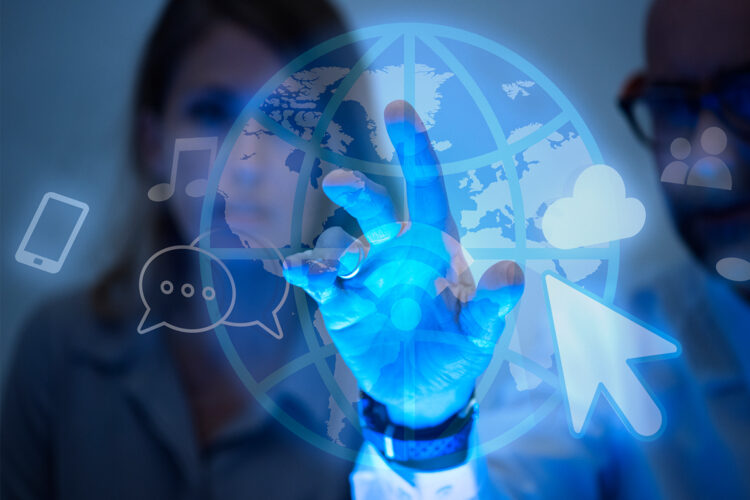
Gen Z would have a hard time understanding what it used to be like with no video streaming, podcast, or Instagram filters.
In the early days of the internet, there were only static HTML pages. Web 1.0 is the notion that refers to the early stage of the World Wide Web, from 1991 to 2004. During this time, the web was primarily a static collection of documents that were accessed via the internet. While early web users could view these documents, they could not interact with them.
Web 1.0 was limited in that there was no way to interact with the content on the page. You could only read it. Therefore, this internet era is known as the read-only web iteration.
Here’s what this era has brought us:
- The advent of famous operating systems such as Windows and Linux.
- As the number of Internet users exceeds millions, it becomes hard to manually search for relevant websites. This led to the emergence of search engines and Internet catalogs.
- Browser technology emerges and develops. Browser brands that are now known to almost everyone appear.
- Low monetization of the Internet. Enterprises still consider the global network an unprofitable investment compared with TV.
Web 2.0
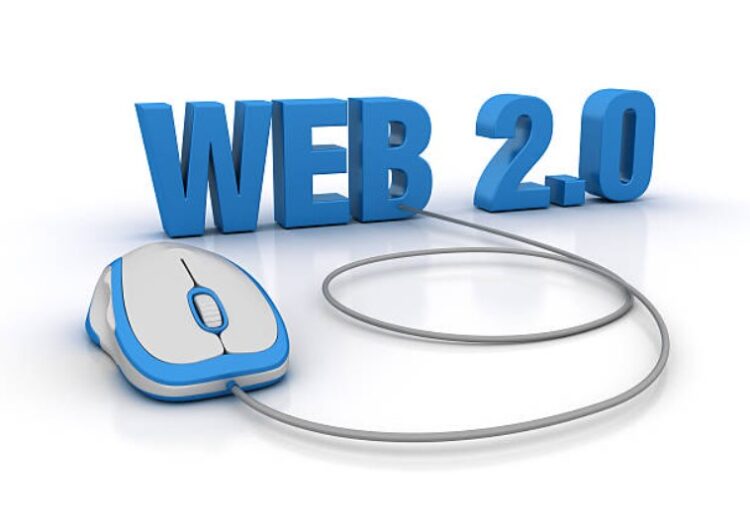
Coined in 2004 by O’Reilly Media, Web 2.0 refers to the second version of the web, which is characterized by increased user interactivity and collaboration. Web 2.0 sites allow users to create and share content, as opposed to simply consuming it.
With the advent of high-speed Internet access on the World Wide Web, multimedia information sharing (video, music, graphics) has become popular.
It’s during this time when the Internet is becoming an amalgamation of online tools, interactive platforms, and user-centered web applications where people share their views, opinions, thoughts, and experiences. Web 2.0 is also marked by the emergence of new web services, the development of web programming, improved design and usability of sites, and a decrease in the user’s ability to be anonymous. As you might have guessed, this is the era we’re living in right now.
Although Web 2.0 boasts quite an impressive number of game-changing benefits, it also comes with a few downsides, including:
- Information overload. Excessive content is mushrooming every day where quantity is preferred over quality.
- Poor control over user data.
- Too many fake ids and spammers.
- Cyber attacks and hackers.
- The Internet is mostly centralized and concentrated in the hands of a few large enterprises.
Web 3.0: antagonist of Web 2.0
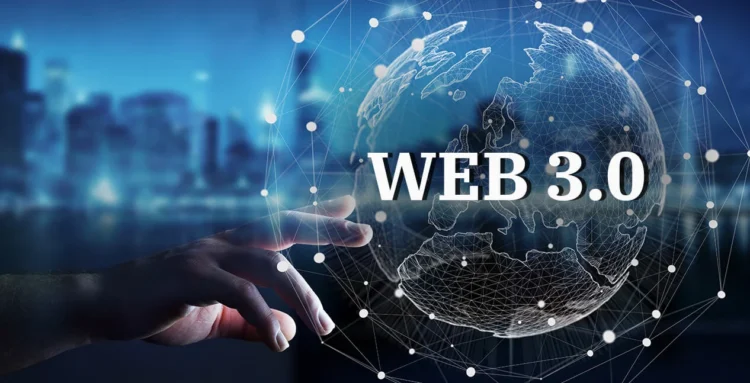
Web 3.0 is the next phase of the web. It is an evolution of the internet that uses blockchain, smart contracts, and decentralized applications (DApps).
Decentralized Applications (DApps) are software applications that run on P2P networks built using blockchain technology. They are often considered the third generation of the Internet, also known as Web 3.0 because they are based on P2P networks instead of centralized servers like in traditional applications.
These applications are designed to be censorship-resistant, self-executing, and self-sustaining through integration with smart contracts which are digital agreements written in code that can automatically execute when certain conditions have been met.
What makes Web 3.0 different?
The third iteration of the Internet has appeared as an alternative to the centralized Web 2.0. It is designed to return the control back to the user and make the digital space more intelligent and user-focused.
Here are the main features of Web 3.0.
Semantic web
The importance of site semantics is emerging as semantics strongly influence the web technologies needed to create and share site content. Also known as the semantic web, the emergence of smart search and analysis will allow computers to understand the semantic meaning of words rather than seeing them as keys and numbers. As a result, users will enjoy more intelligent search due to the intelligent data representation in the form of a globally linked database.
Artificial intelligence
The semantic web is directly associated with the extensive adoption of artificial intelligence and natural language processing. Thanks to NLP, computers can look beyond words and provide fast and relevant results. Natural language processing eradicates the communication gap between humans and computerized applications.
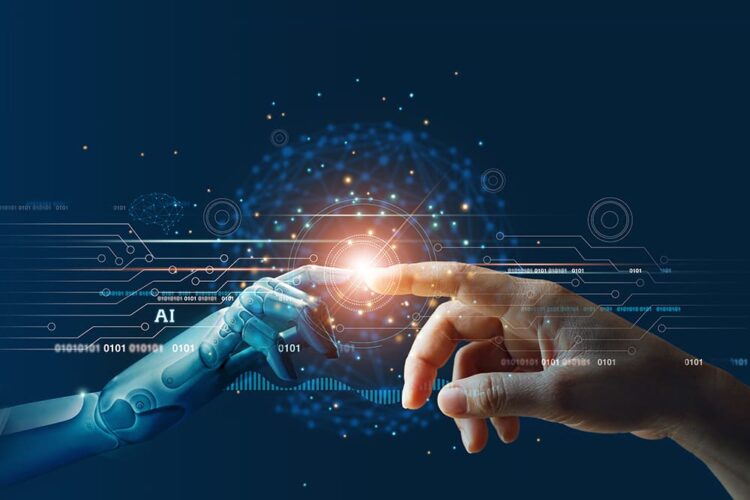
3D graphics
Over the last few years, three-dimensional design has been gaining popularity as a central technology for websites, computer games, e-commerce, and others. In web 3.0, 3D graphics will reach their full potential to introduce a new level of immersion into the virtual world. Therefore, web 3.0 will blend the line between the physical and virtual worlds.
Accessibility
Web 3.0 will make the Internet omnipresent across devices, thus creating a single blanket of interconnected devices. At this point, the Internet will be accessible to every electronic device: phone, watch, microwave, tablet, etc.
Blockchain and decentralization
Blockchain is poised to play a major role in the development of Web 3.0. Here’s why:
- Blockchain is a distributed database that can store, manage, and secure data more effectively than traditional centralized databases.
- Blockchain is tamper-resistant, meaning that once data is entered into the blockchain, it cannot be altered or deleted. This makes it an ideal platform for managing sensitive data.
- Blockchain is transparent, meaning that all transactions are public and can be verified. This makes it an effective alternative to centralized systems where all transactions are visible to the central authority.
Summing up, web 3.0 blockchain is one of the pillars of web 3.0. that returns data control back to the user. Click here to read more about the synergy of web 3.0 and blockchain.
Are we there yet?
Although it may seem that we’ve already arrived at Web 3.0, the digital space still remains majorly centralized. The current iteration is a combination of the second and third internet versions where Web 2.0 grabs the largest share. As advanced technologies gain more traction, we’ll see Web 3.0 coming into the limelight.
 Hi Boox Popular Magazine 2024
Hi Boox Popular Magazine 2024
